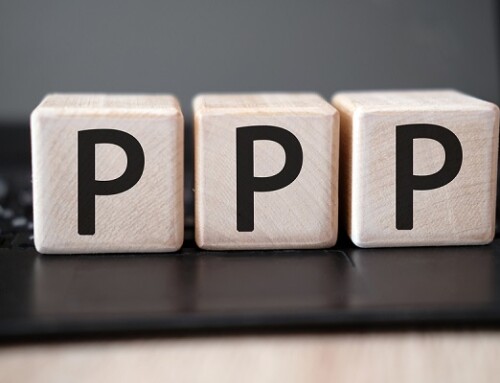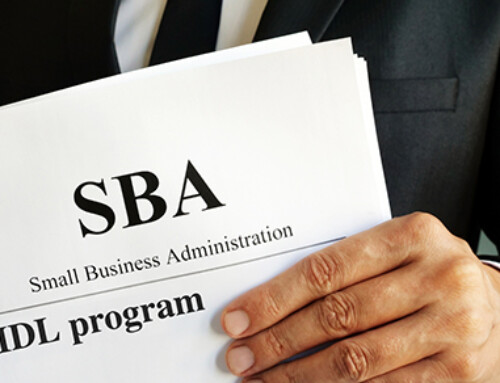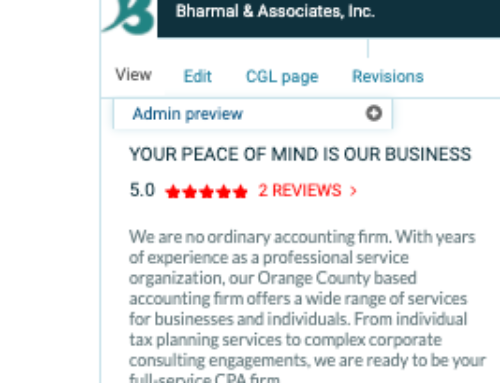You may have heard some buzz around the concept of the customer’s “buying journey”, but what is it, exactly?
The customer buying journey is a decision-making process that a prospect goes through before, during, and after the purchase of a product or service.
Since we’re all customers of something, we all have familiarity with this journey, whether or not we recognize it by its marketing label. Marketers have studied the buying journey in an effort to be more persuasive and make a more effective connection with target customers. It’s important to note that not all buying journeys look the same.
For example, the decision process that an office manager goes through to purchase a photocopier will be very different from the process experienced by a twenty-something woman purchasing a wearable fitness tracker.
For explanatory purposes, let’s focus on that fitness tracker purchase. What would the customer’s buying journey look like, broken into steps:
- Interest is Piqued – The buyer is made aware that fitness trackers exist and her curiosity is stirred.
- Seeks Information – The buyer sets out to learn more about how a wearable fitness tracker can help her.
- Considers Options – The buyer explores various options for increasing her level of fitness and tracking her progress.
- Decides to Buy – The buyer has learned what she needs to know about fitness trackers and is ready to choose and buy one.
You may be wondering what’s so important about breaking down the buyer’s journey in the first place. When we know how and what our potential customers are thinking in every stage of their buying process, we’re in a better position to address their concerns and are more likely to make the sale. Here’s an example of how a buyer’s journey might be put to work in practical terms. Imagine a company that sells software enabling non-profit organizations to easily create their own websites. The company has studied the buyer’s journey of their target customer, and here are a few things they found out:
✔ First, they know that their typical prospect is a nonprofit administrator who is often being pulled in many different directions.
✔ They’ve also learned that software purchases by nonprofits are not simple decisions, because there’s usually a board of directors that has to approve a big purchase.
✔ They also know that not all non-profit administrators have the time or focus necessary to read and digest content on how to use their software.
Armed with this insight, the software company can design a series of emails to be sent to prospects after they’ve expressed initial interest in the product. Their subject lines might read:
✔ We know you’re being pulled in 20 directions.
✔ Need help convincing your board to buy our software?
✔ Not a big reader?
As you can see, the emails are designed to coincide with the specific states of mind of the buyer throughout his or her journey. When you understand the customer buying journey, you can tailor your marketing content to address common problems and overcome potential objections, giving a prospect every reason to buy your product or service, and eliminating any reason





